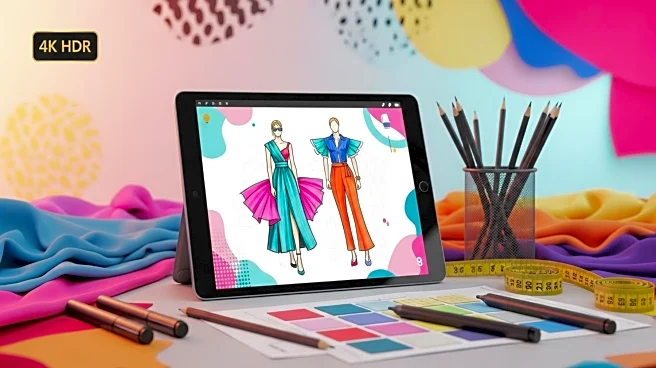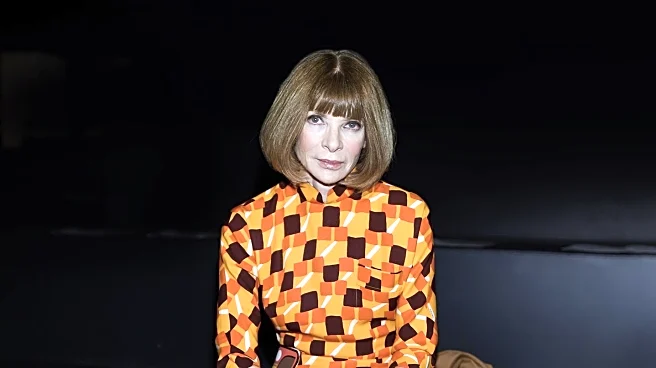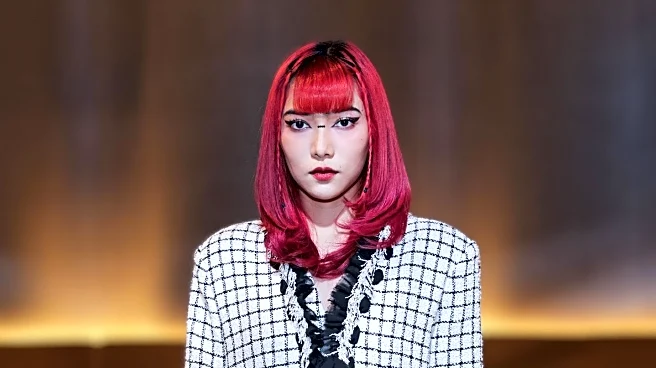What's Happening?
Ray-Ban has unveiled a new campaign titled 'Ray-Ban.EXE,' which is inspired by Korean pop culture. The campaign includes a short film that combines Korean webtoon aesthetics with dystopian themes, encouraging viewers to embrace their creativity. This initiative marks Ray-Ban's strategic focus on Korean pop culture as a means to connect with the global Generation Z audience. The campaign debuted at a pop-up event in Seoul's Seongsu-dong neighborhood, known for its artistic and trendy atmosphere. The film features a robot named EV11, who transforms into human form after discovering Ray-Ban Clubmasters, symbolizing the rebirth of identity and self-expression.
Why It's Important?
The campaign signifies Ray-Ban's efforts to tap into the influential Korean pop culture, which has a significant impact on youth identity worldwide. By targeting Generation Z, Ray-Ban aims to position itself as a brand that resonates with the values and interests of this demographic. The collaboration with cultural icons and the integration of technology, such as Meta Ray-Ban smart glasses, highlights the brand's commitment to innovation and cultural relevance. This move could strengthen Ray-Ban's market presence and appeal to younger consumers who value creativity and individuality.
What's Next?
Ray-Ban's appointment of hip-hop artist A$AP Rocky as its first creative director earlier this year suggests ongoing efforts to shape the brand's image and design. The campaign's success in engaging Generation Z could lead to further collaborations with cultural influencers and expansion into new markets. Additionally, the integration of technology in Ray-Ban products may continue to evolve, offering consumers enhanced functionalities and experiences.
Beyond the Headlines
The campaign's focus on individuality and self-expression raises questions about the role of fashion brands in shaping cultural identity. As Ray-Ban embraces Korean pop culture, it reflects broader trends of globalization and cultural exchange, where brands leverage diverse influences to connect with consumers. This approach may also prompt discussions on the ethical implications of cultural appropriation and the responsibilities of brands in representing different cultures authentically.











